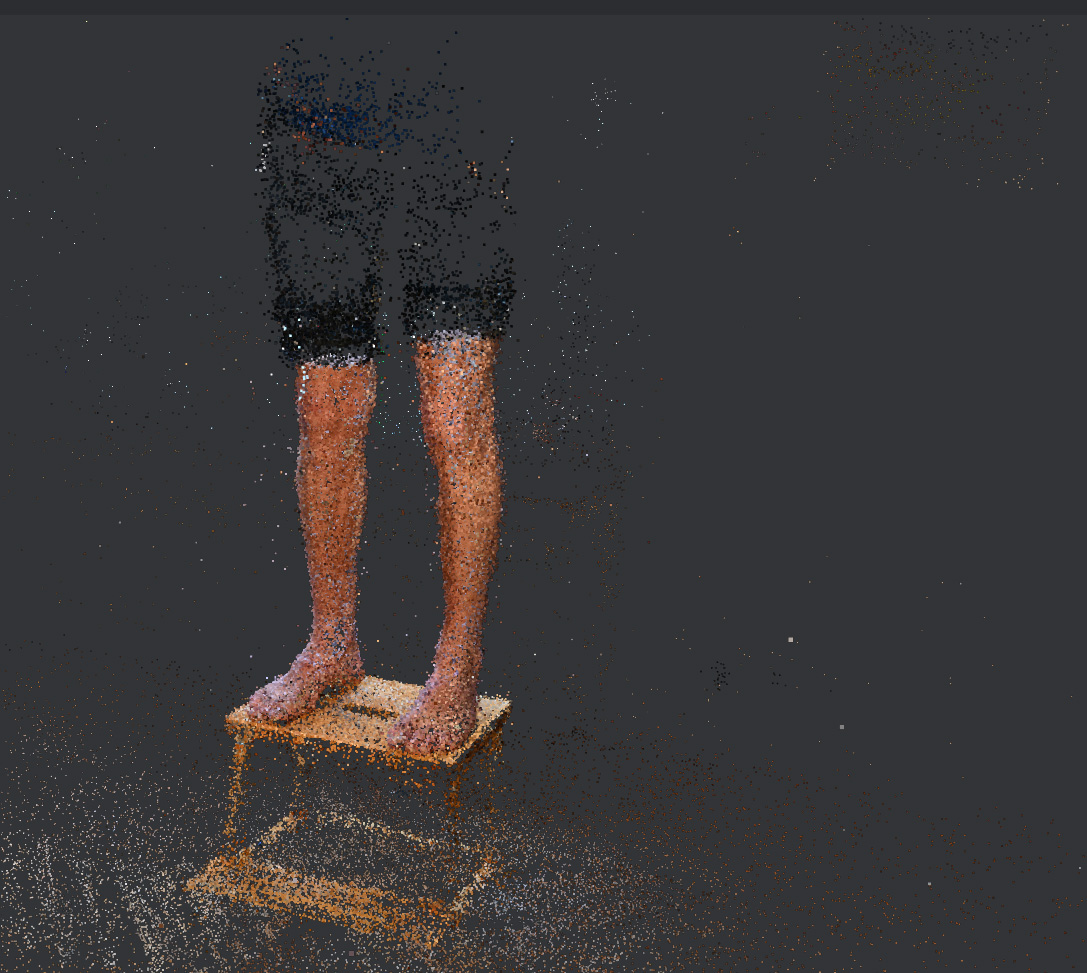GENERATED
PROSTHETICS
Utlizing modern tools to
democratize the prodctuion of prostethics
SUMMARY
Conventional prosthetics are lacking in many aspects. Usability is heavily affected by weight, durability, and fitting, while the cost makes it highly inaccessible.
Meanwhile, generative design is a process which typically sees improvements in weight and durability, while allows for cheap printable and, most importantly, highly customizable solutions.
The final methodology combines a 3D-scan of the amputated limb, input of user aesthetical preference, and AI capable to rapidly generate optimized solutions.
The project was featured in the IIT College of Architecture Life Magazine in 2020.
Conventional prosthetics are lacking in many aspects. Usability is heavily affected by weight, durability, and fitting, while the cost makes it highly inaccessible.
Meanwhile, generative design is a process which typically sees improvements in weight and durability, while allows for cheap printable and, most importantly, highly customizable solutions.
The final methodology combines a 3D-scan of the amputated limb, input of user aesthetical preference, and AI capable to rapidly generate optimized solutions.
The project was featured in the IIT College of Architecture Life Magazine in 2020.

GOAL
To lay the foundation for a methodology that will carry the slow and expensive process of producing prosthetics, into our ever-evolving world. It will set the standards for how modern technologies, such as generative design, can be utilized.
To lay the foundation for a methodology that will carry the slow and expensive process of producing prosthetics, into our ever-evolving world. It will set the standards for how modern technologies, such as generative design, can be utilized.
MADE WITH
Fusion 360, Grasshopper/Rhino 6, Meshroom and KeyShot.
ROLE
Project Leader in a team of four.
Fusion 360, Grasshopper/Rhino 6, Meshroom and KeyShot.
ROLE
Project Leader in a team of four.
APPLIED SKILLS
Project Mgmt,
User + Market Research,
3D-Scanning,
3D-Modeling,
3D-Printing,
Rendering.
Project Mgmt,
User + Market Research,
3D-Scanning,
3D-Modeling,
3D-Printing,
Rendering.
GEN. PROS. / ISSUE

The production of the conventional solution is time-consuming and costly, by demanding iterations of hand-made adjustments in socket shape and length. Further, structural integrity requires robust materials, and replicating the natural volumes and forms of the human leg becomes add-ons. Additionally, the amputated limb will change over time, rapidly making the socket obsolete. Meanwhile, weight and stiffness are aspects of high importance in useability.
We asked ourselves if combing the rapidly evolving technologies of 3D-scanning, AI generated design, and 3D-printing could replace this process.
We asked ourselves if combing the rapidly evolving technologies of 3D-scanning, AI generated design, and 3D-printing could replace this process.
GEN. PROS. / RESEARCH
Research brings areas of improvements and pain points to the surface. There are distinct gaps between needs/wants and conventional solutions. Improvement are needed in usability, accessibility, and aesthetics.
Natural structures are used as the inspiration for the AI. It defines the solution space for a variability in aesthetics, according to user preferences.
Natural structures are used as the inspiration for the AI. It defines the solution space for a variability in aesthetics, according to user preferences.


GEN. PROS. / FINAL


Photographs of both the intact and the lost limb are used to generate meshes. The scan of the intact limb provides the outer volume of the prothesis, and the scanned amputated limb is used to produce the socket.
The generative design process optimizes the structure within its boundaries.
The result of the project is not a single prosthetic, but the methodology to produce thousands. Each one different and precisely optimized.
The generative design process optimizes the structure within its boundaries.
The result of the project is not a single prosthetic, but the methodology to produce thousands. Each one different and precisely optimized.
